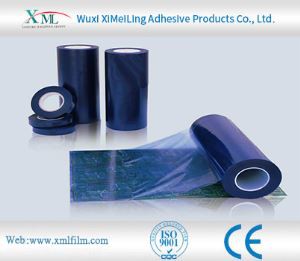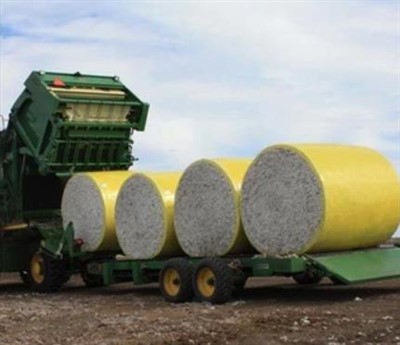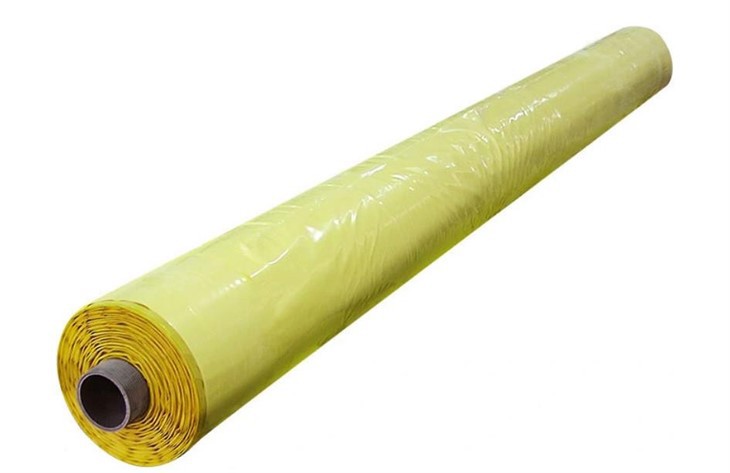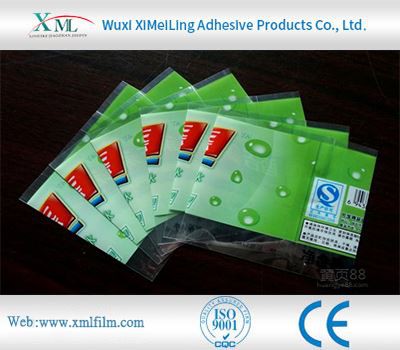What needs to be cleaned before applying stone protective film
2025-10-30
1. Clean dust and scum from the stone surface.
Dust, fine sand particles, and residual scum from construction easily adhere to stone surfaces. If these impurities are not cleaned, they will be trapped between the protective film and the stone during application. On one hand, dust and sand particles will prevent the protective film from adhering tightly, creating localized air pockets and affecting the protective effect. On the other hand, when walking or under pressure, these impurities may slide under the film, scratching the stone surface and causing damage. When cleaning, first use a soft brush to gently sweep away surface dust, then use a vacuum cleaner to carefully remove dust and fine particles from the crevices along the stone's texture, ensuring the surface is free of visible impurities.
2. Remove oil and adhesive stains from the stone surface.
During handling or initial processing, stone may become contaminated with oil, adhesive residue, and other sticky stains. Oil stains can damage the adhesive of the protective film, making it difficult to adhere and even causing partial detachment. Adhesive stains can form bumps after the protective film is applied, affecting not only the appearance but also potentially damaging the stone surface when removing the film. To clean oil stains, use a neutral detergent and a soft cloth to gently wipe, avoiding the use of strong corrosive cleaners that could damage the stone. For adhesive stains, first use a soft cloth dampened with a small amount of alcohol or a specialized adhesive remover to gently rub and remove them, then wipe away any residue with clean water, ensuring no sticky substances remain on the surface.
3. Dry the stone surface of moisture and dampness.
Moisture or dampness on the stone surface will affect the adhesion of the protective film and may also cause mold to grow under the film, damaging the stone over time. This is especially true for stone in humid environments such as bathrooms and kitchens, or for stone that has just been cleaned, where water stains are easily left on the surface.
4. Cleaning Residual Protective Agents from the Stone Surface:
For areas prone to water accumulation, such as grout lines, use an absorbent sponge to remove moisture. If necessary, turn on ventilation equipment to accelerate drying. Ensure the stone surface is completely dry before installation to prevent moisture from affecting the protective film's effectiveness and the stone's lifespan.
5. Cleaning Residual Protective Agents from the Stone Surface:
Some stones have protective agents applied during initial maintenance. If these agents are not fully absorbed or remain on the surface, they can form a barrier between the stone and the protective film, reducing the film's adhesion and causing poor bonding. Before cleaning, observe the stone surface for any residual shine or stickiness from the protective agent. If present, use a dedicated protective agent cleaner, following the product instructions, to gently wipe away the residue. Then rinse with clean water and dry. Ensure the stone surface regains its original texture and is free of protective agent residue, creating favorable conditions for the protective film's adhesion.
You Might Also Like
-

what are the advantages of cotton packaging film
-

How does pe protective film cope with high temperature environment
-

The Advantages of Cotton Wrap Film
-

Advantages of Cotton Bale Wrap Film
-

How Polyethylene Packaging Material Copes with High Temperature Environment
-

How to Remove Protective Transparent Plastic Film Without Damaging the Surface
